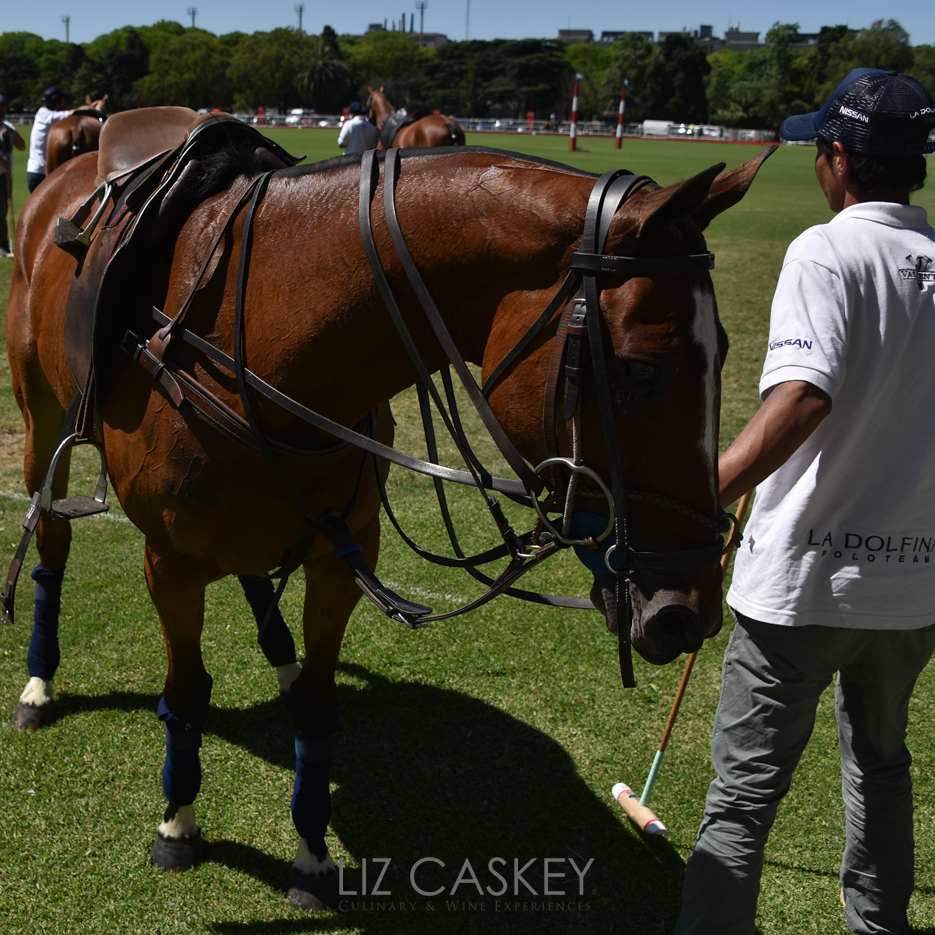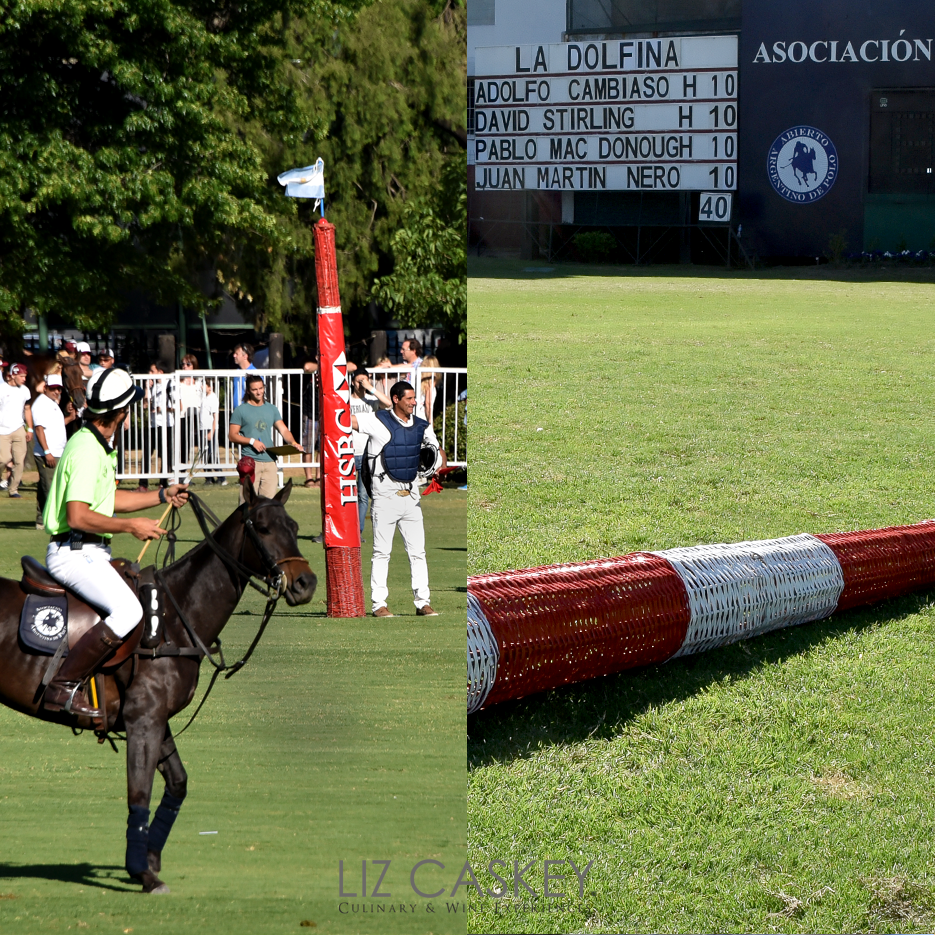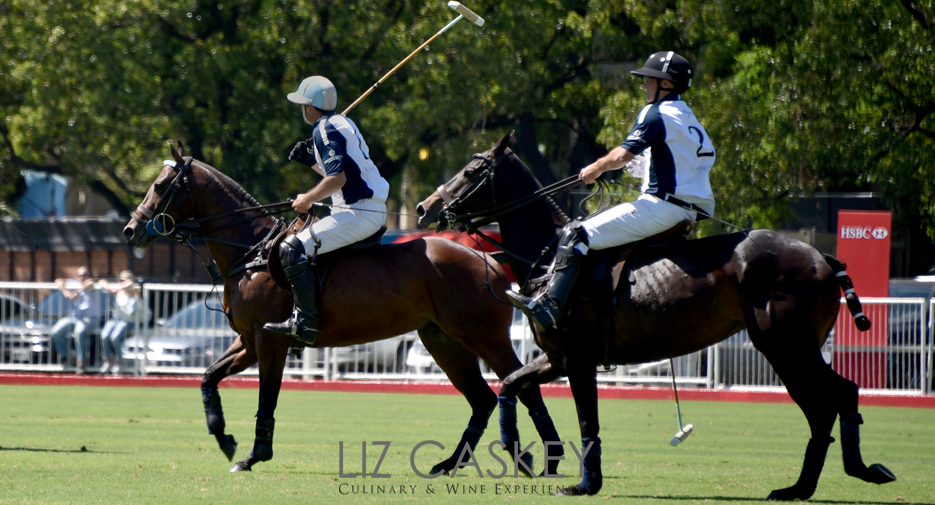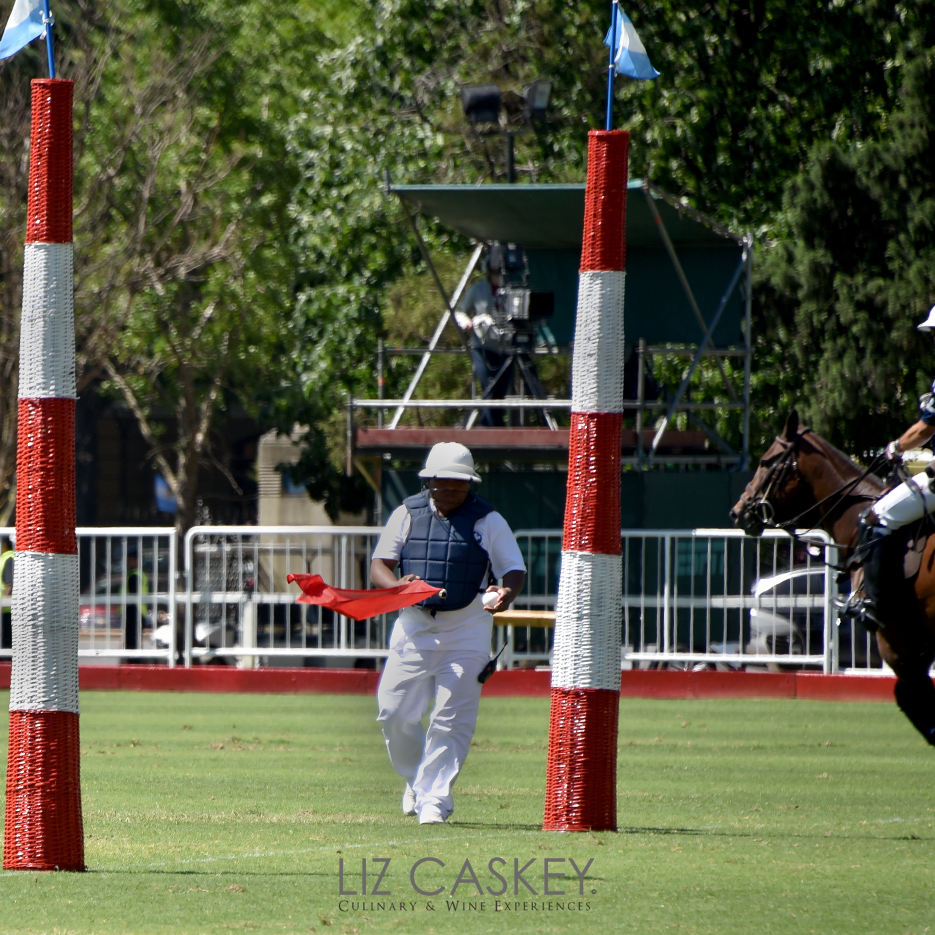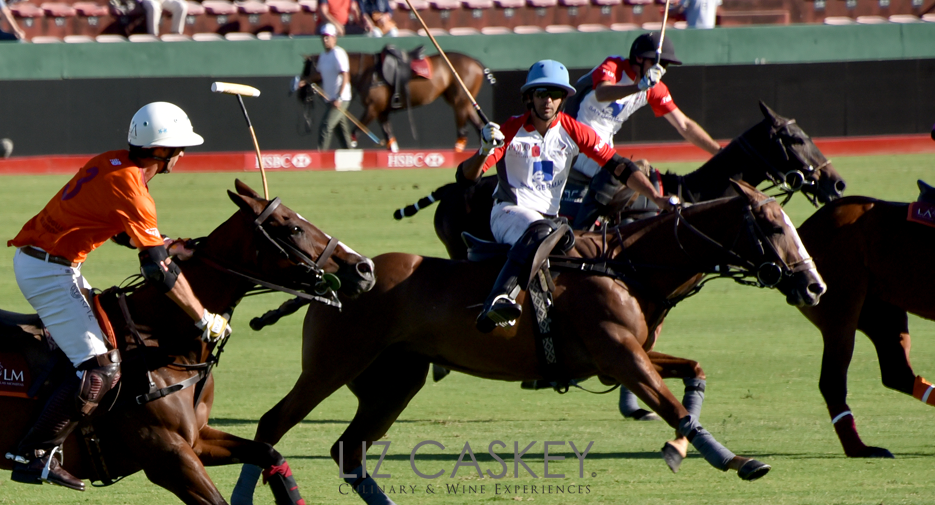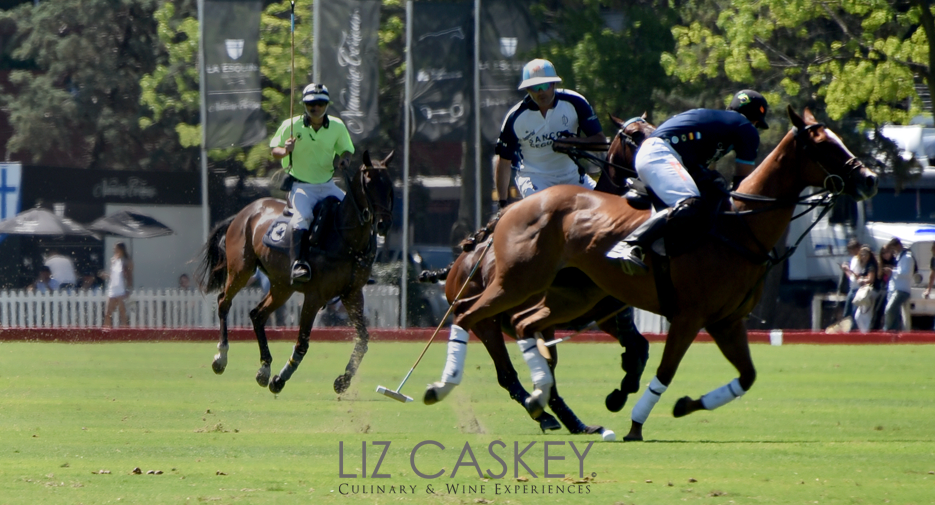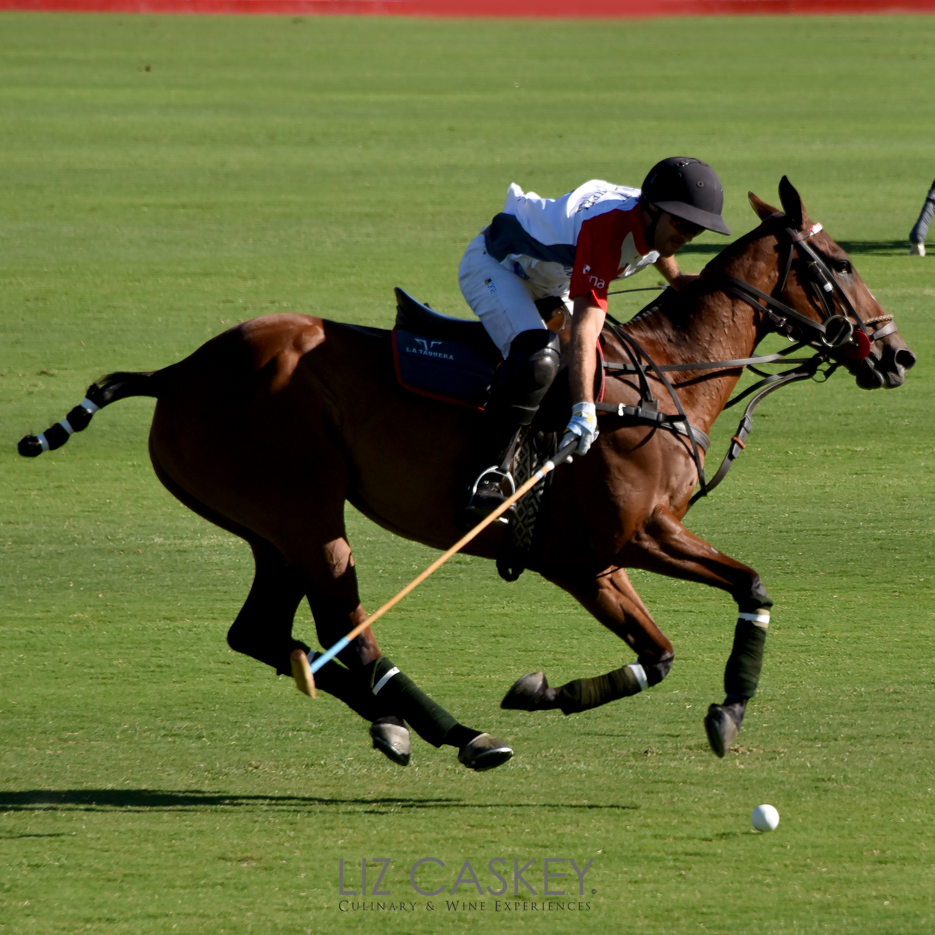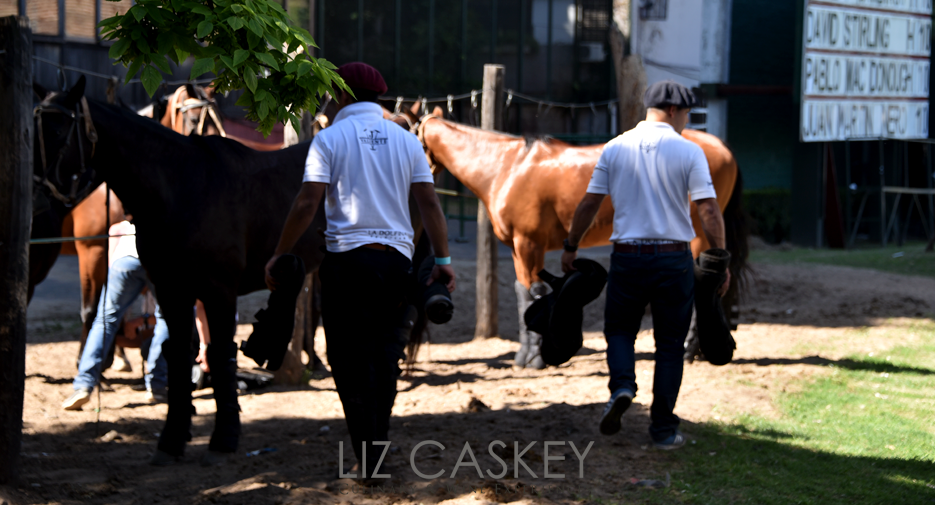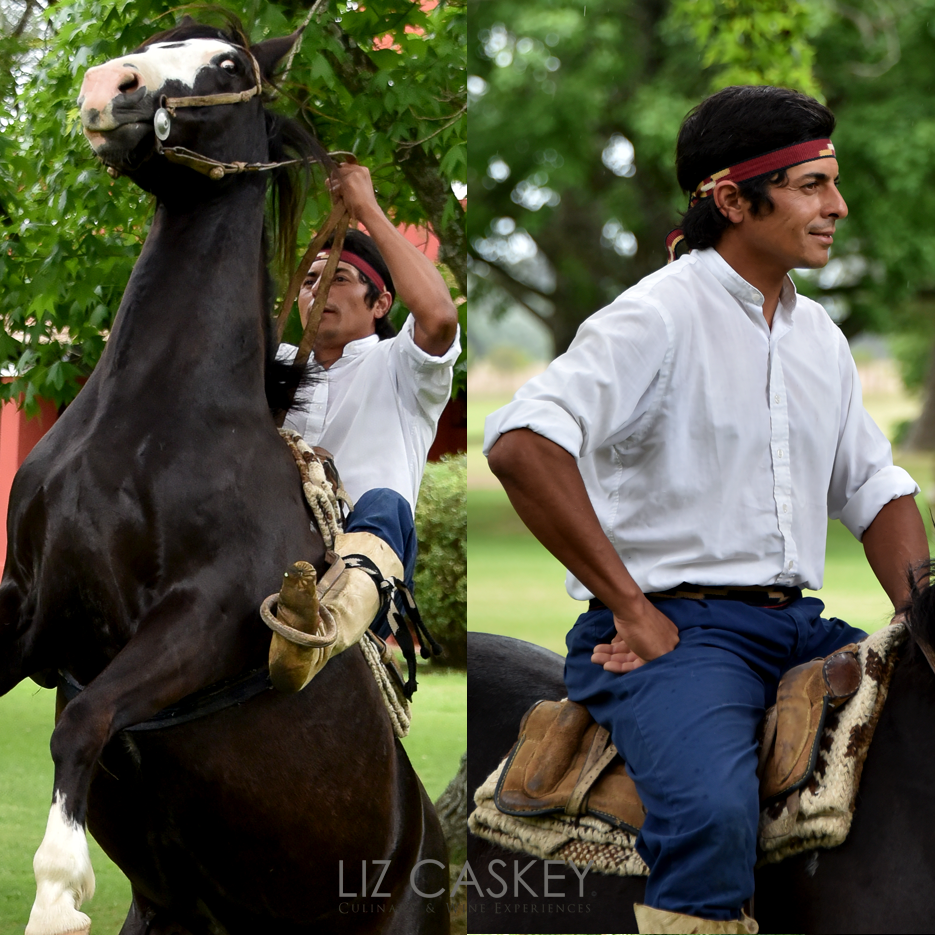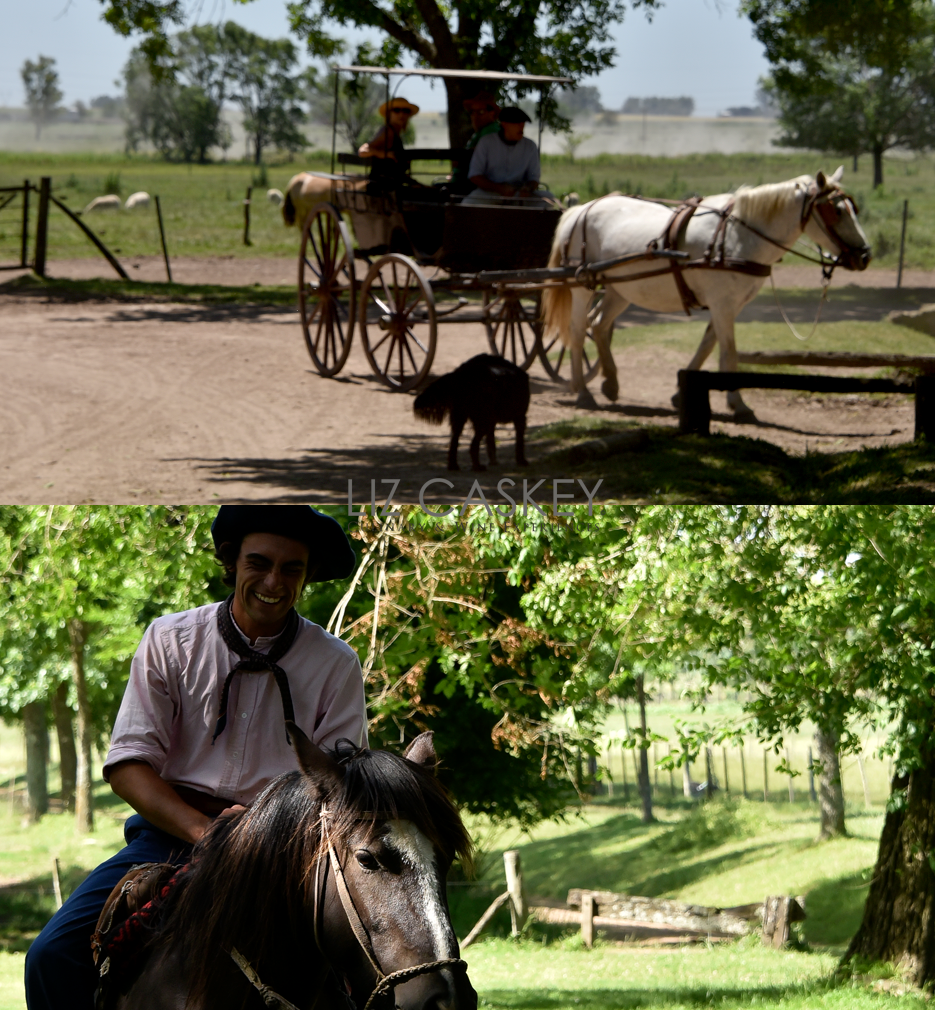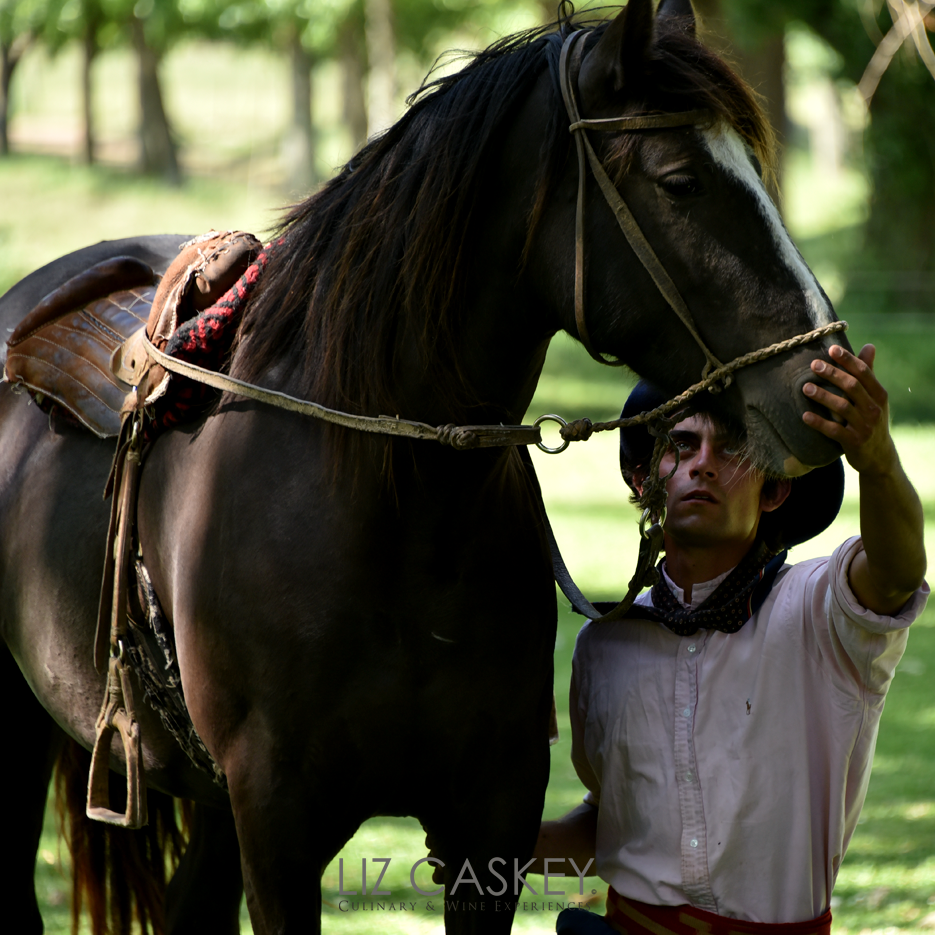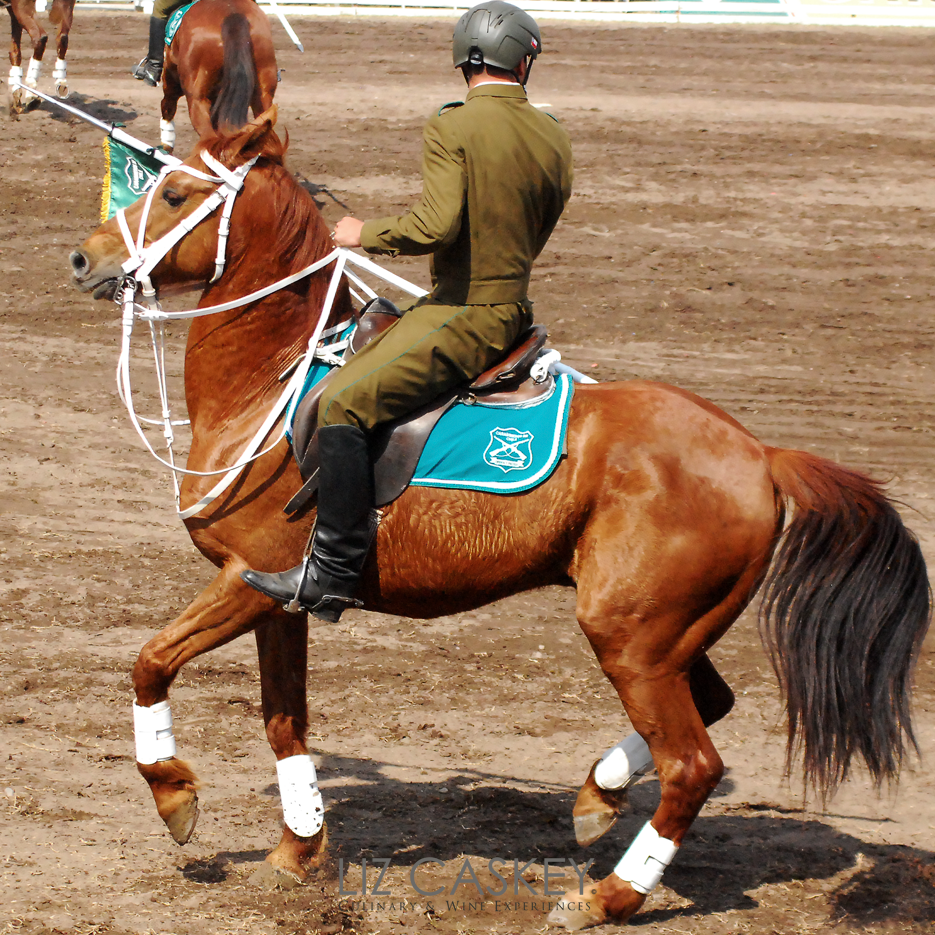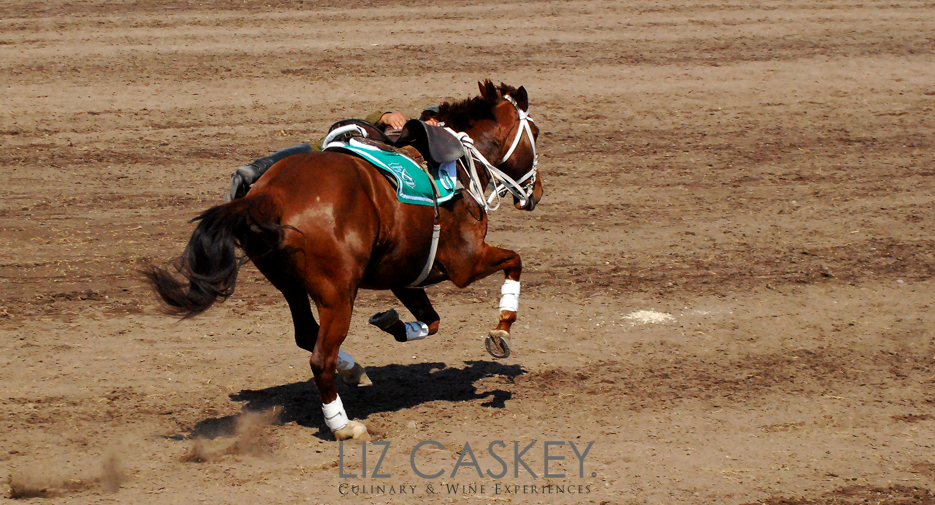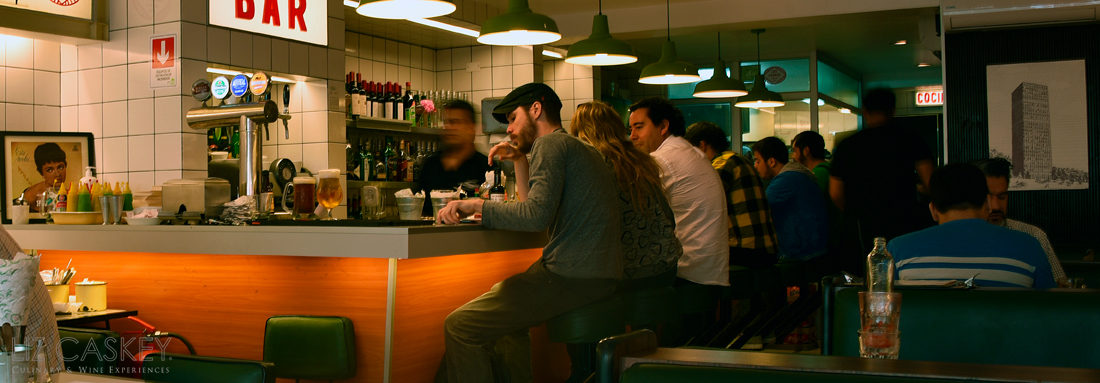
In South America, there’s a serious horse culture that is an integral part of life here. It’s not just gauchos, cowboys, either.
The real gauchos are actually in Argentina and Uruguay, but there are Chilean cowboys, huasos in elegant rodeos throughout central Chile. There are the baqueanos in the Chilean Patagonia. Chalanes are elegant white-robed horsemen in Peru.
Of course, there are those sexy, sleek polo stars of Argentina and the tiny jockeys bobbing on fast racing horses. Mostly, though, there’s a lot of trusty old arrieros–horsemen who lead trail rides.
I got on my first horse at the age of 8. I didn’t ride again for nearly twenty years. Enough said.
As we expanded our travel business, the opportunity to get back on horseback presented itself time and time again. I declined. Finally, I decided to confront the real reason for my avoidance of riding.
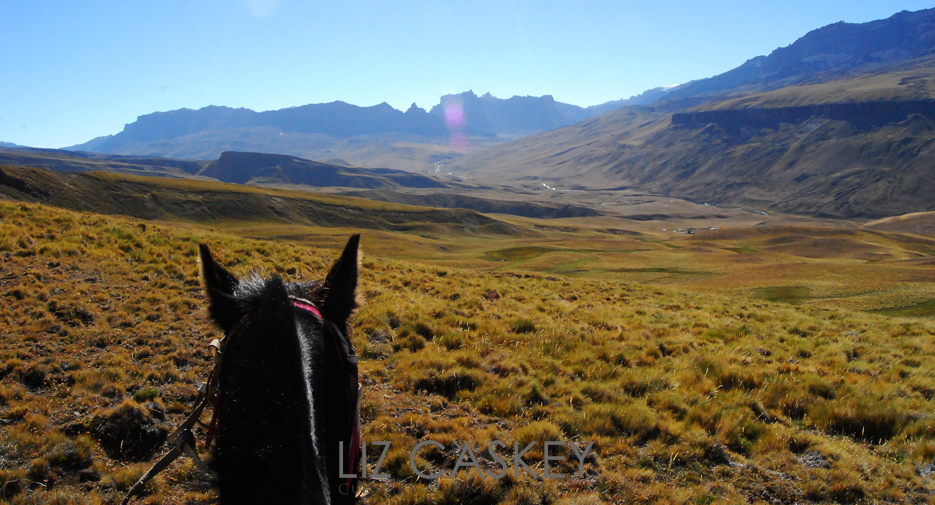
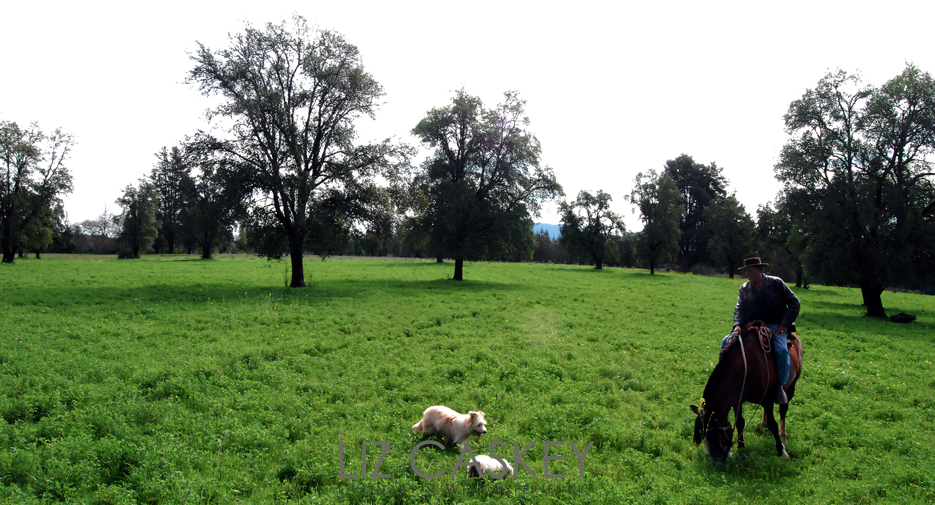
I was scared.
When I examined my fear, it became clear that it was all about the unknown. My mind imploded with all the what ifs.
I feared the animal, not being in control, not knowing what to do if the horse got spooked, or worse, fell off the horse. But what really paralyzed me was my pride. I didn’t want to look like a fool.
Thanks to the support of my husband, an accomplished jinete (rider), I put my ego aside and decided I was going to do this. Who knew, maybe I would even like it!
We met Don Pepe, a huaso in Chilean wine country. Dressed with the traditional flat-brimmed straw hat called a chupalla, a freshly pressed button-down shirt, jeans, polished black boots adorned with silver spurs, he would be my guide to getting back in the saddle.
Our ride would take us into the Andean foothills, returning through the leafy, sloped vineyards. Not exactly starter terrain.
Too late. I’d gotten this far. There was no turning back.
Don Pepe first laid out the central tenant of happy horseback riding. “Liz”, he said with the staccato Chilean accent, “a horse is the perfect mirror of the human that is with it. He does not lie.”
He continued, “If the human is afraid, so is the horse. If the human is confused, the horse is afraid. If the human is frustrated, the horse is afraid. If the human is disrespectful of the horse, this makes the horse afraid.”
So basically, anything not producing feelings of safety and peace will cause the horse to feel afraid. Side note as to why this is: The horse is a prey animal and always fearing a predator.
I swung my leg over the saddle and took the reigns. He looked at me very seriously and said, “This is a partnership—60% you and 40% the horse.”
He was referring to how the rider must show acknowledgment and respect for the horse through thoughtful communication and demonstrating confidence.
Crap. I was pretty sure my horse was going to sniff me out as a newbie in less than a minute.
Don Pepe, who’d been a huaso his whole life, told me, “If we aren’t connected with ourselves emotionally, it’s very hard to feel confident riding a horse. It starts with our attitude. We have to be willing to connect with the horse and acknowledge them as another living being. It’s not about dominating—it’s about partnership.”
At that time, I didn’t quite metabolize these inner lessons of horseback riding. Over time, I would start to understand them.
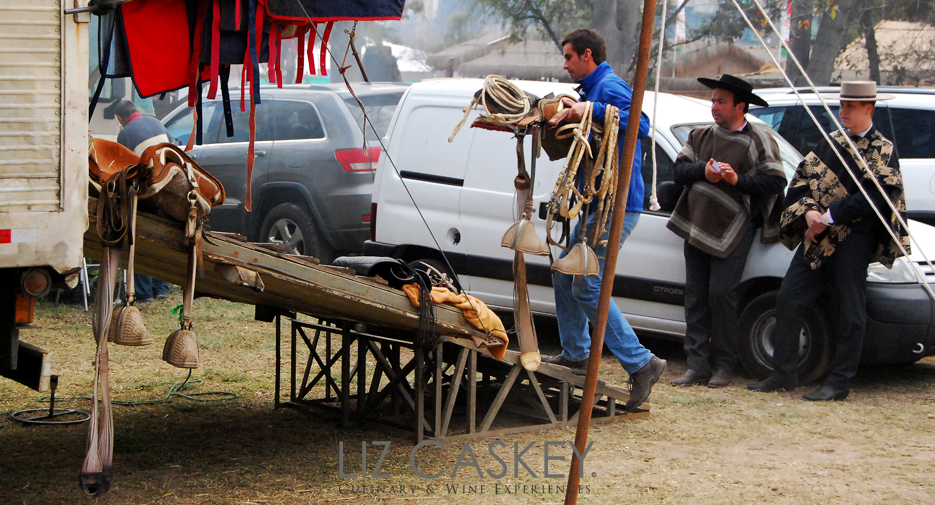
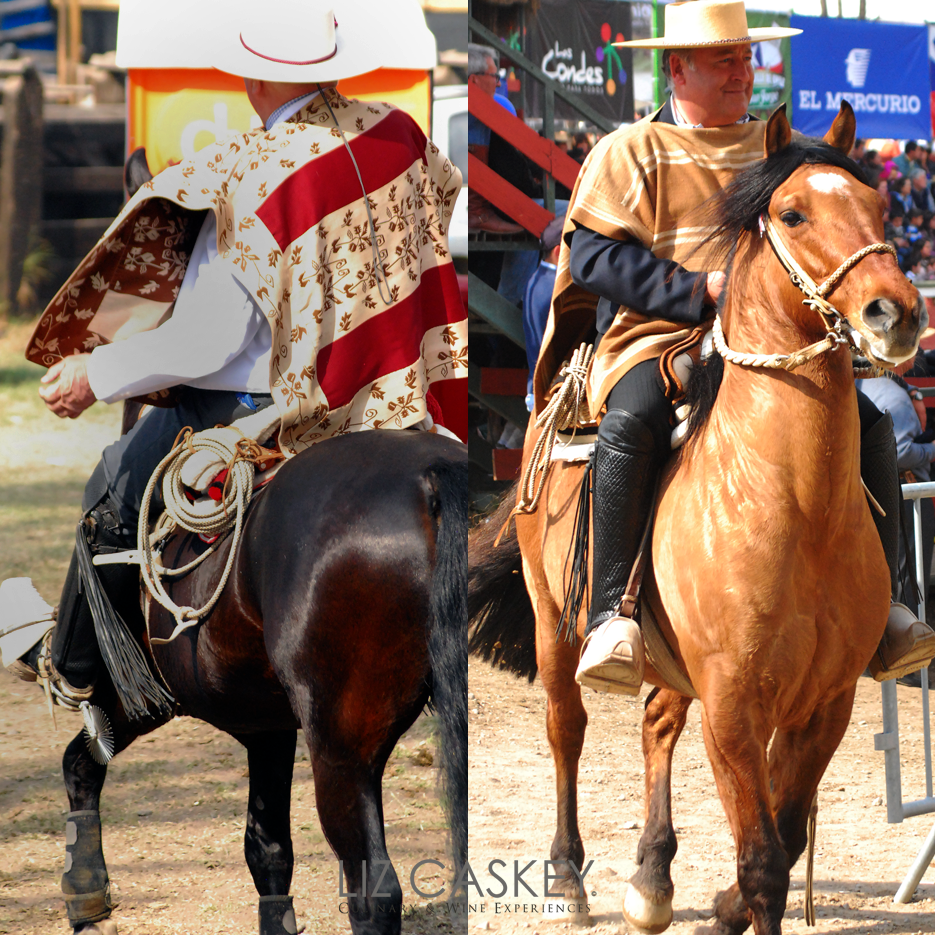
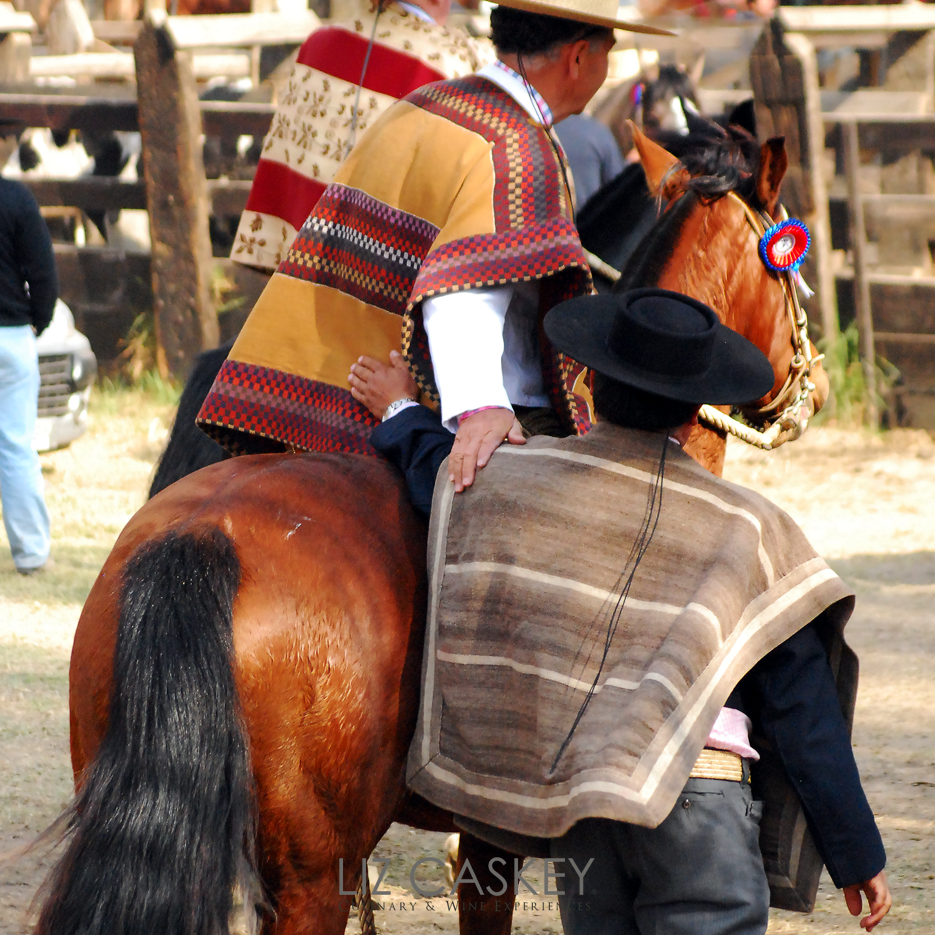
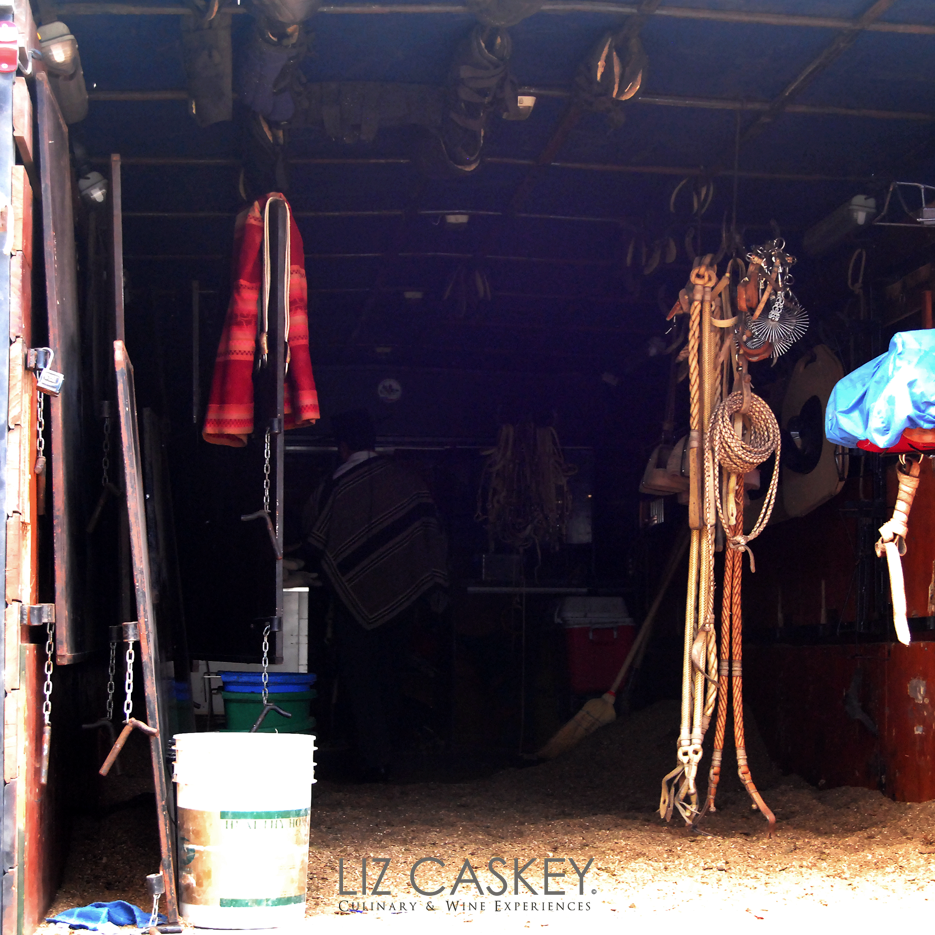
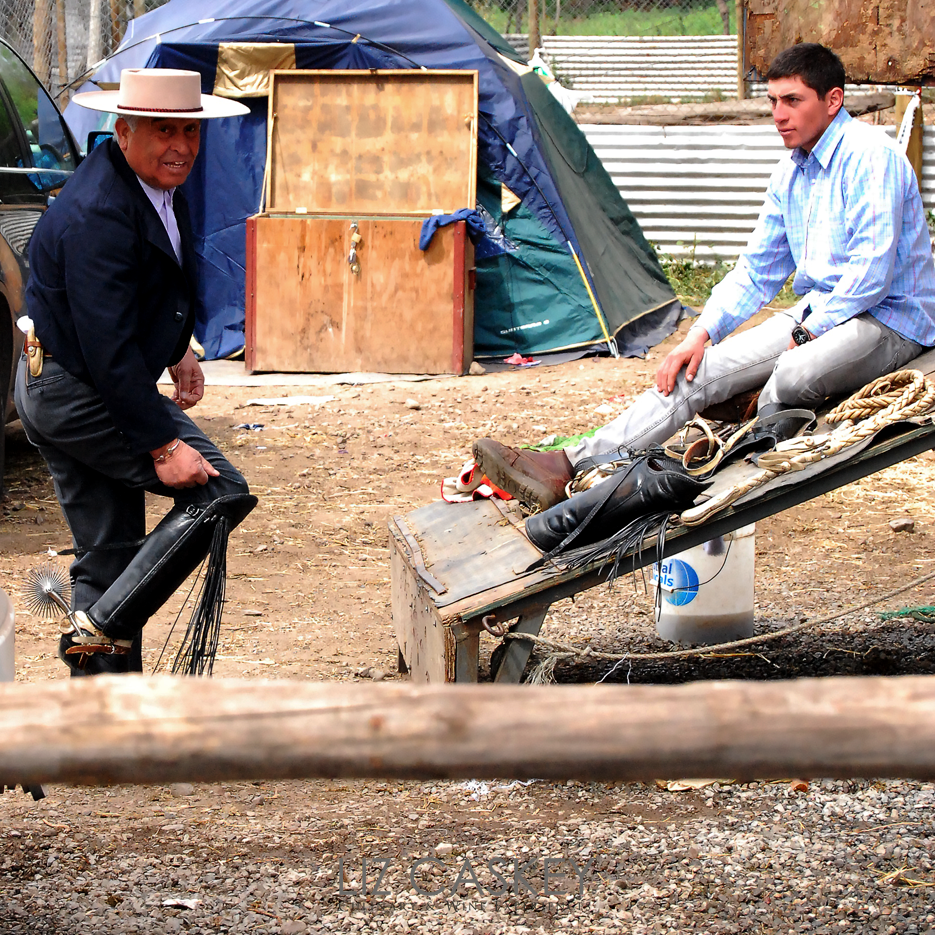
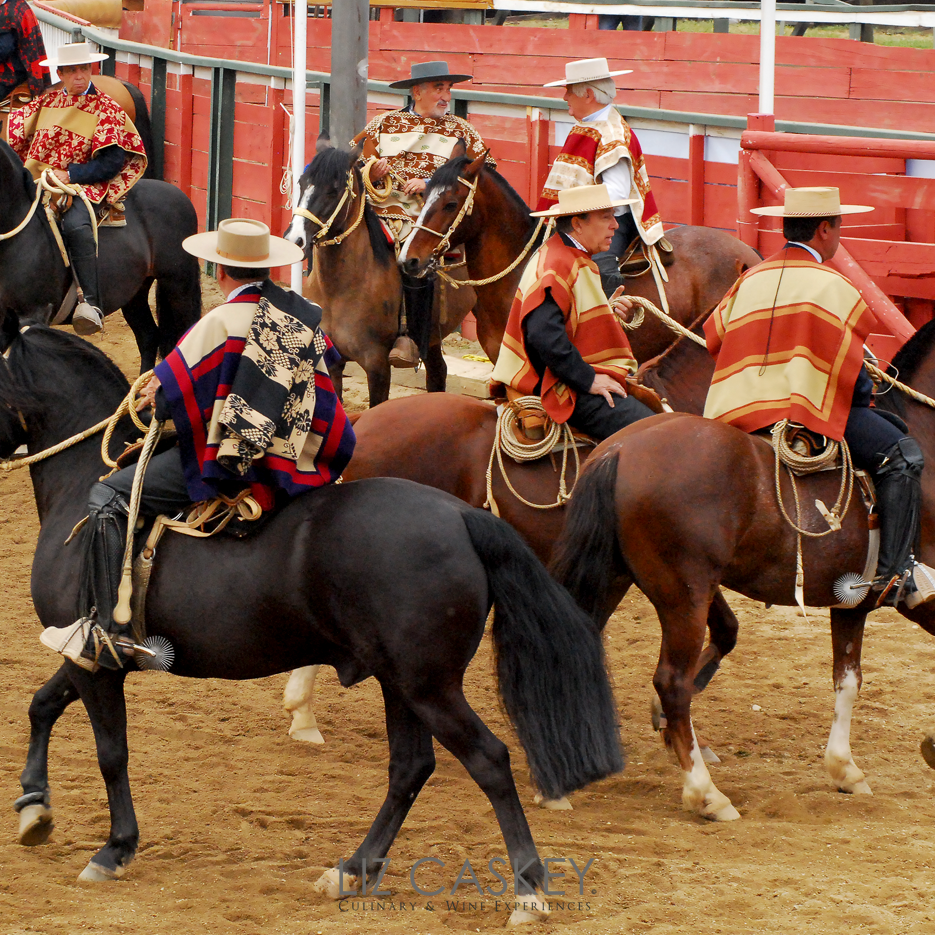

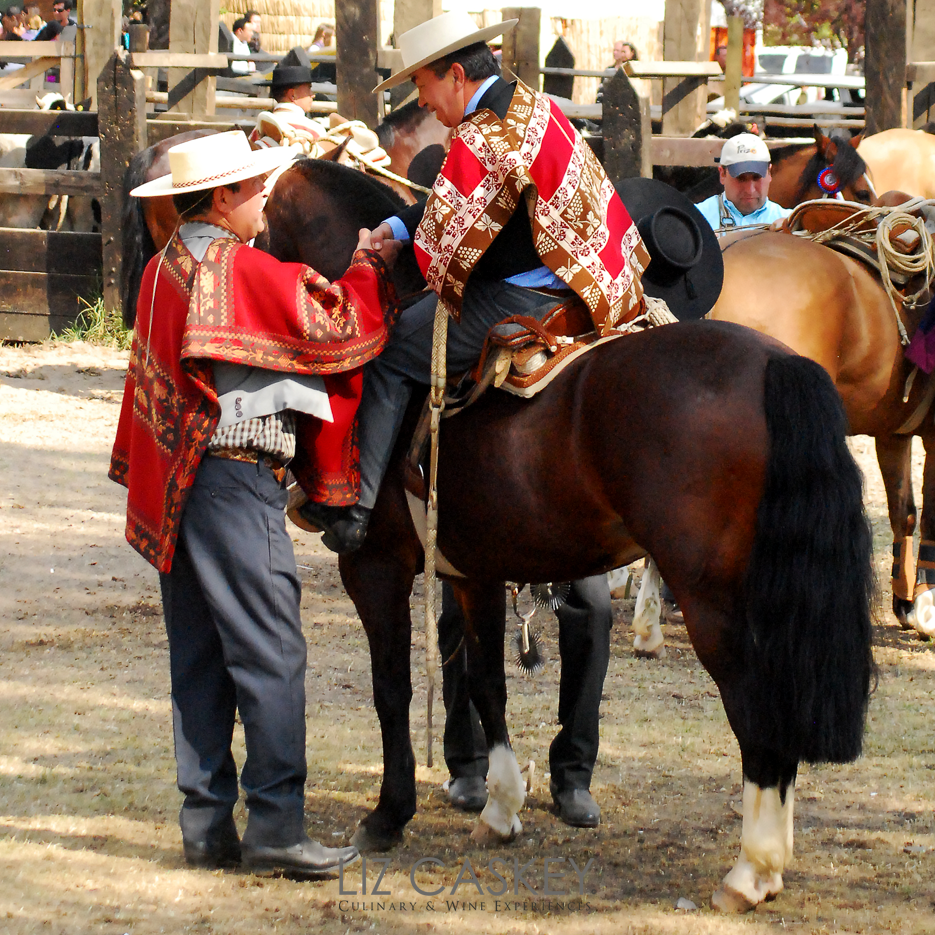

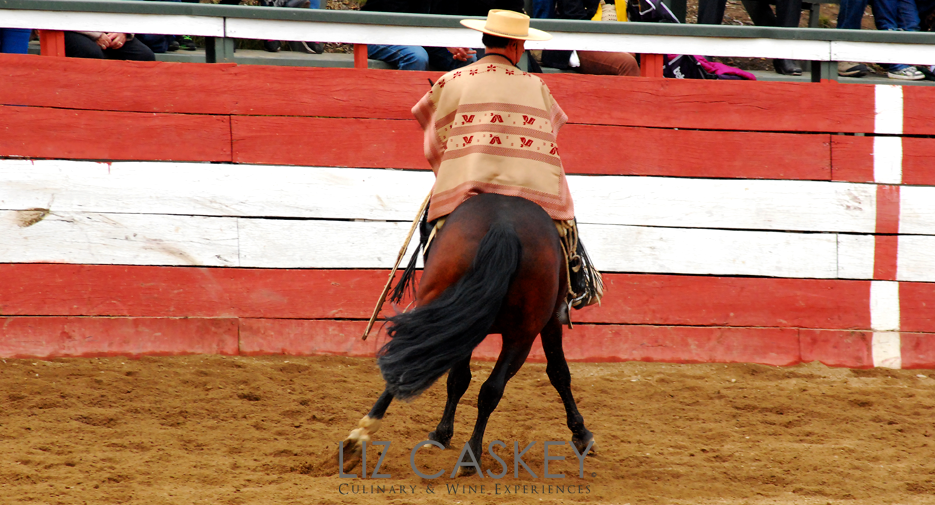


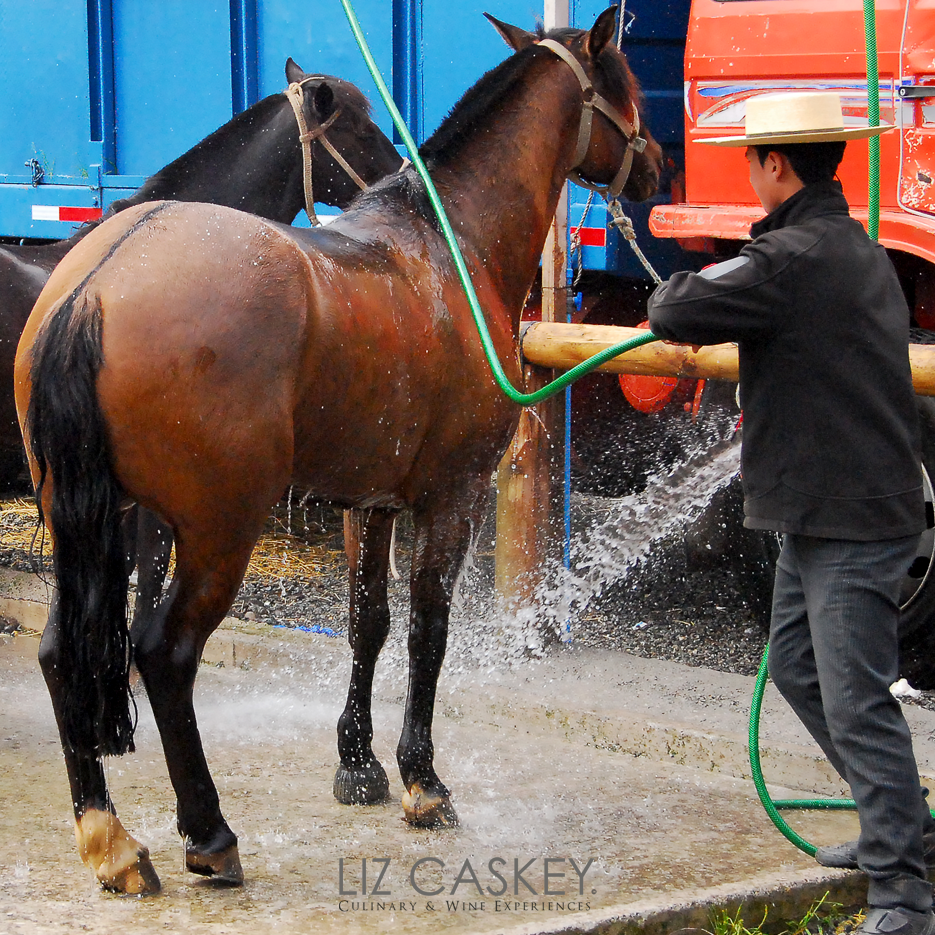
Experience is a wonderful teacher.
As I rode, I silently thanked the horse, stroking its mane, and relished taking in nature from this unique vantage point and speed. When I dismounted, I felt relaxed and centered.
Don Pepe asked me how I’d felt. I smiled and answered, “Cuando vamos de nuevo?”
I started to seek out horse riding more frequently. I rode for longer stretches, on varied terrain. Any place we traveled, I wanted to ride.
We explored many areas of the Central Valley in Chile on horseback., from vineyards to Parque Nacional La Campana with its 400-year-old Chilean Palms
One summer ride, at Estancia Rancho y Cuero in Mendoza, the resident gaucho and I got caught in a flash thunderstorm high in the Andes. It was pouring rain and the ground had become slippy with mud. A lightning bolt descended from the heavens about 100 meters away, rattling my nerves. Normally, I would have been a total, panicked mess. However, the gaucho radiated total calm and confidence in his horse, my mare named Fernet, and my ability to ride her. To this day, I remember his quiet strength. I stayed calm and so did Fernet in the midst of that raging storm.

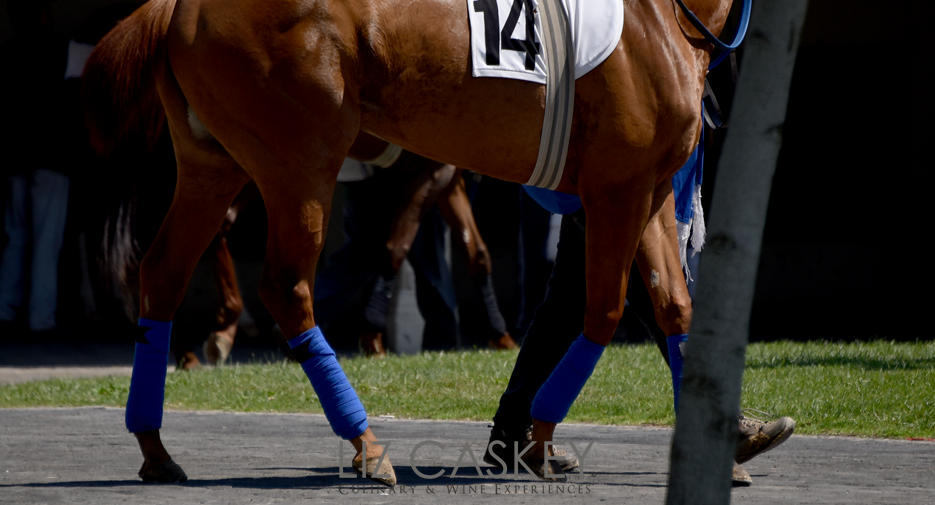
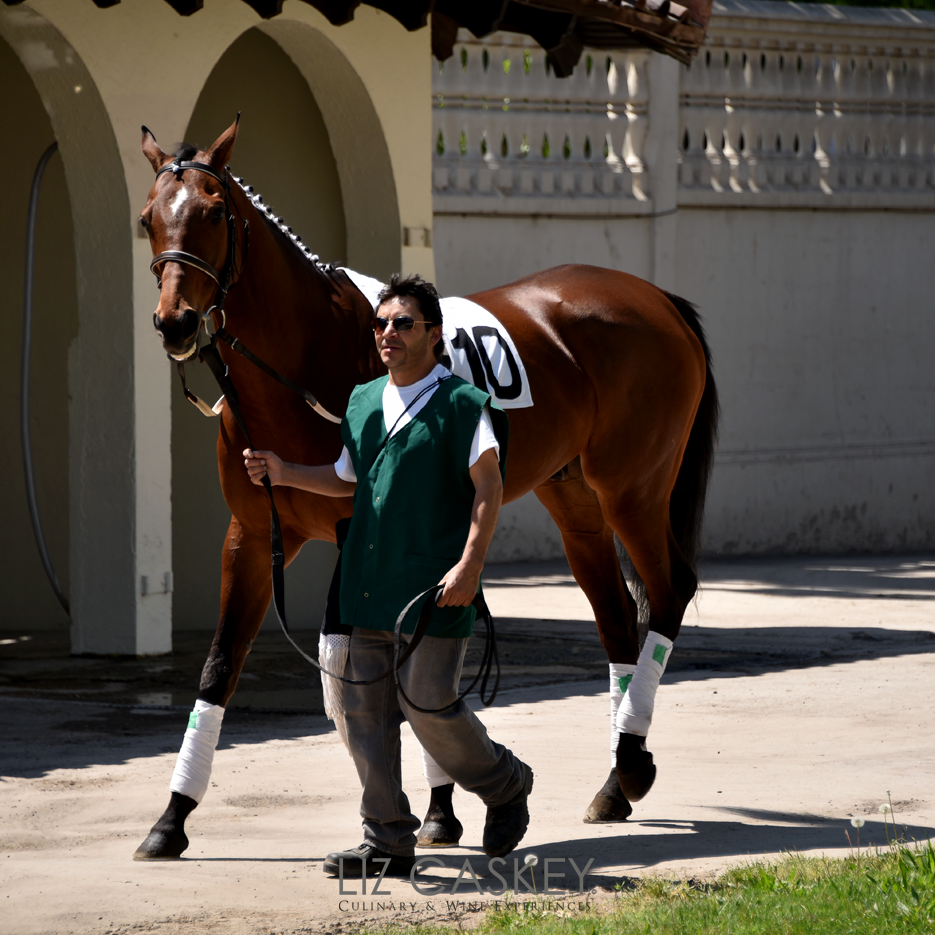
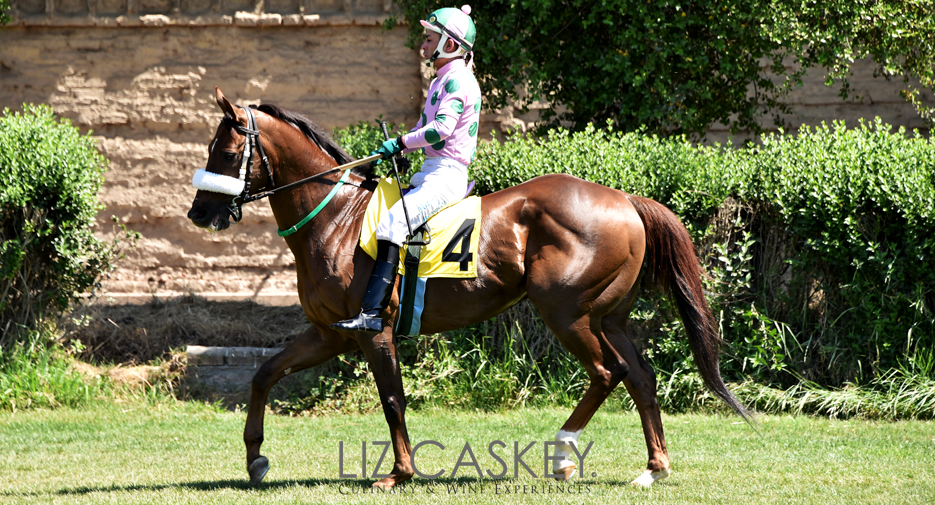
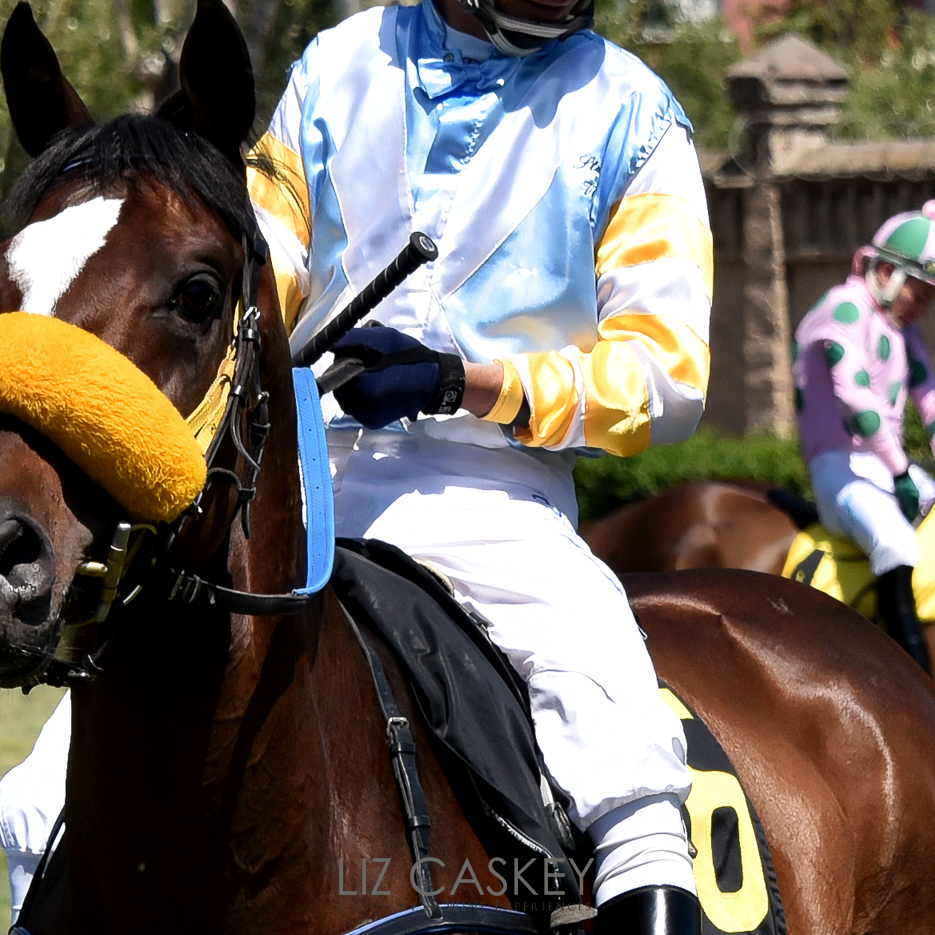
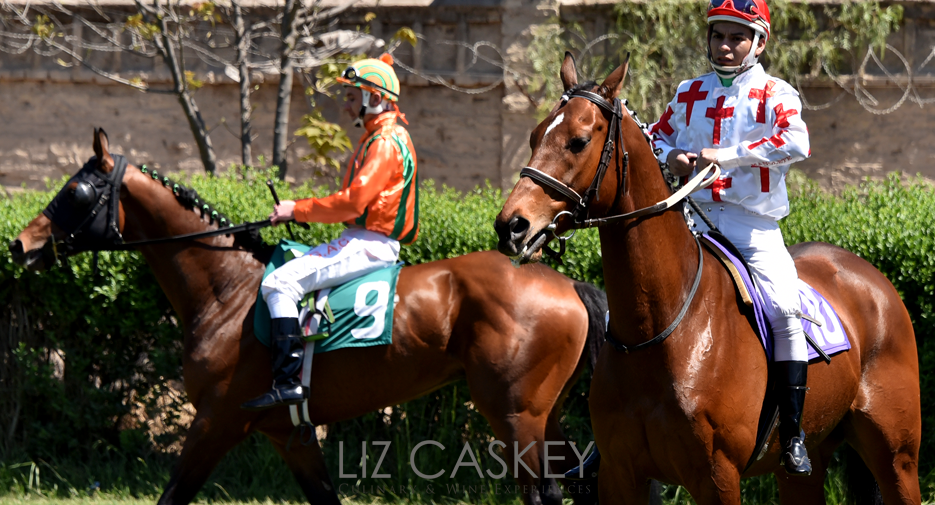

That was when I got how a horse could be a true yunta, partner.
Up in the Salta province in Northwest Argentina, we saddled up with a mysterious horse whisperer at Colome’s ranch. A man of few words, I was convinced he could read my mind like a book. We snaked through the otherworldly topography, a jumble of red rock and dry riverbeds, vineyards and thorny cacti, snowcapped peaks and the arid desert. That day, he assigned me a feisty horse that wanted to run ahead of the group. About half way through the ride, I burst out laughing at the irony. Of course, the whole point was to work through my own nervousness and need to control.
In the Atacama Desert, one of our longest rides ever, we went through the maze called La Garganta del Diablo, Devil’s Throat. I totally lost it coming down a steep hill. The hairpin turns were too much. I didn’t trust the horse. I didn’t trust my skills. All I saw was the bottom very, VERY far below. I accepted mental defeat and got off the horse. I literally descended that narrow, rocky, winding trail on hands and knees. The horse went down with the arriero, horseman ahead of me, never missing a step. My husband patiently waited until I was safely below then proceeded to maneuver his horse with extraordinary confidence and precision.
Total a piece of cake. There was nothing wrong with my horse.
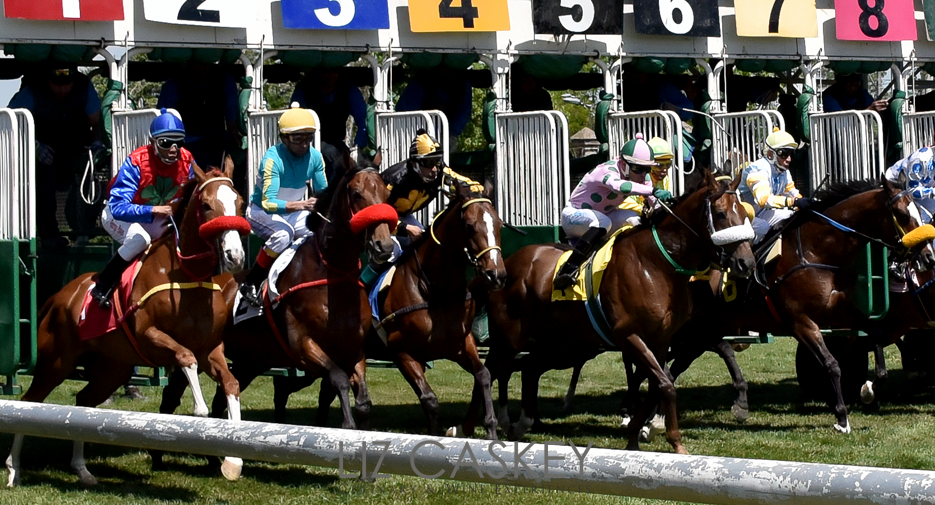
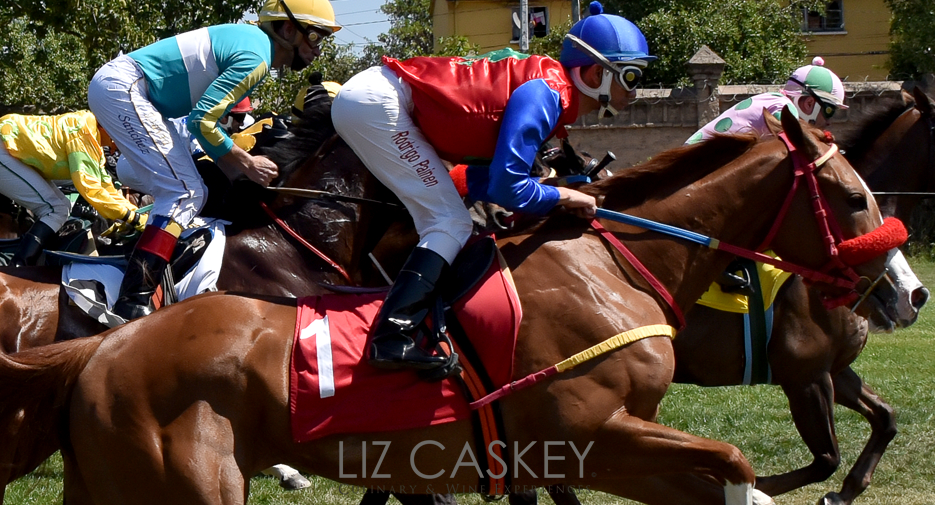
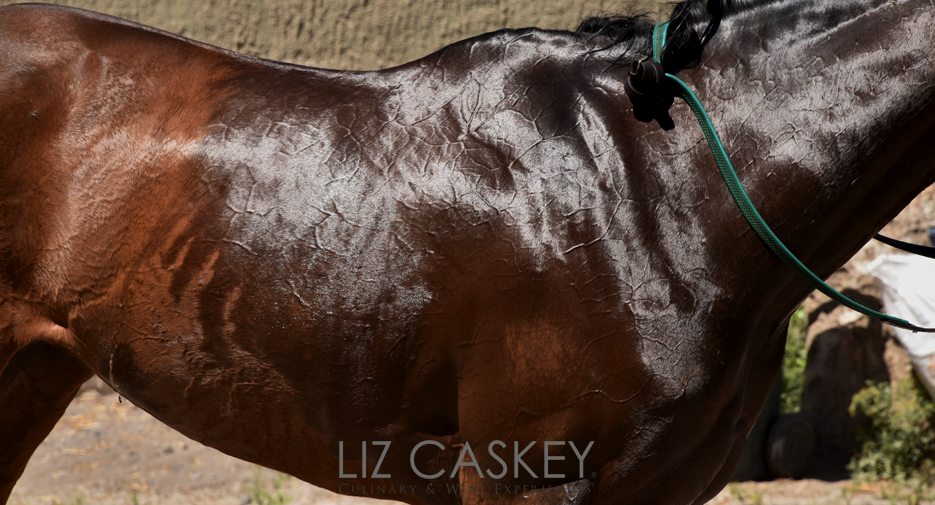
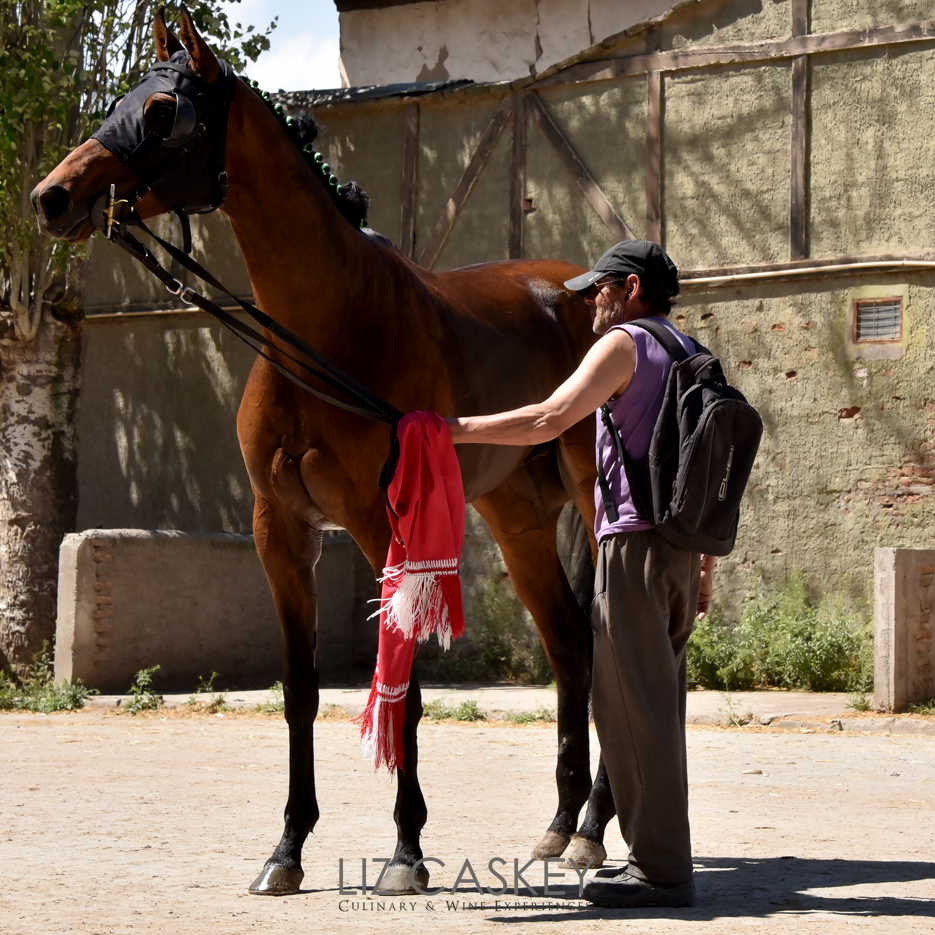
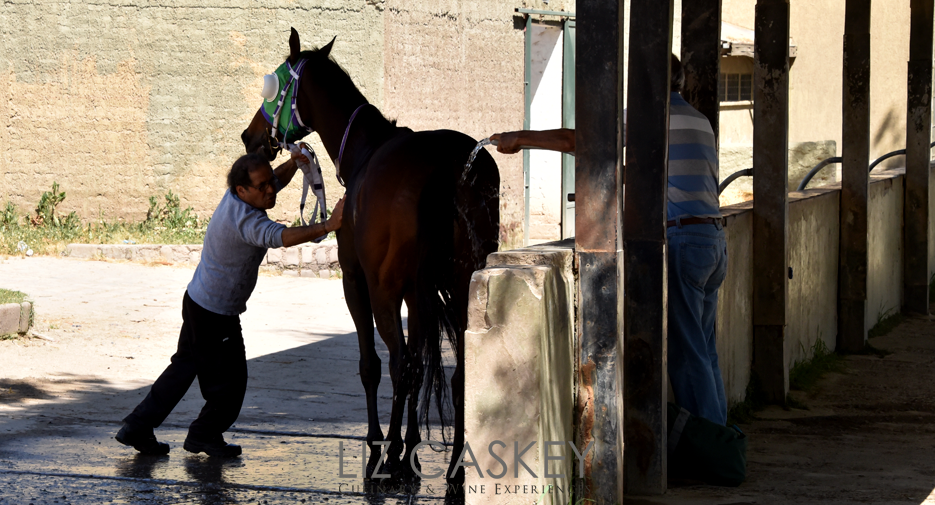
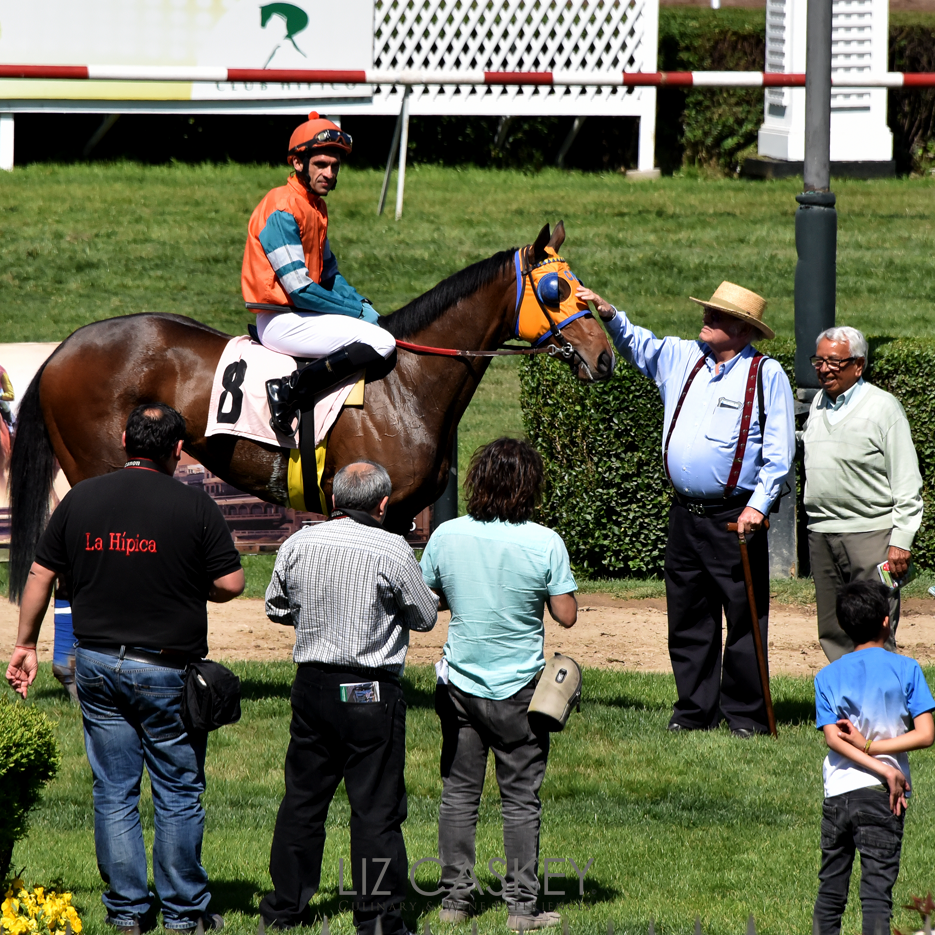
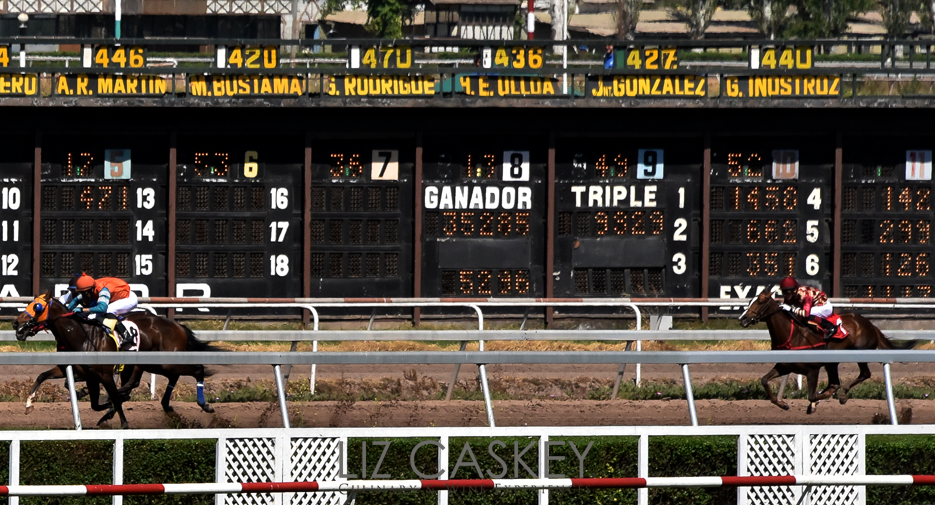

It was my own lack of confidence. I hadn’t trusted myself. I caved to fear.
I did learn to ride, eventually, though always with caution. During filming with the No Reservations crew at The Cliffs Resort on the west coast of Chile’s Lake District, I made friends with two young baqueanos, southern cowboys. They were so Zen with their horses that I just had to ride with them. On that beach, with the waves of the Pacific crashing, they taught me to gallop atop an energetic spotted brown and white mare. As we accelerated from a canter to a gallop, my movement synced with the horse. There was nothing other than the sea, the wind, that moment. It was totally exhilarating.
On another trip to Argentina at Estancia El Colibri, the gauchos took us on horseback to nearby Jesuit missions in the Sierra Cordobese. While staying at the Estancia, a polo Mecca, I gathered the courage to take a polo lesson. If I had managed to acquire some experience in the saddle with trail riding, polo riding required a totally different, more advanced, skill set I simply did not have…starting with riding an English saddle…and then negotiating (effectively) the special temperament of a polo horse. Being able to actually hit the ball, without falling off the horse, would also have been good to master. The class did, however, give me a great appreciation for the horses and polo players. I will stick to the polo stands, gracias.
There have been dozens more rides along the Fjords of Patagonia, on windblown estancias near Torres del Paine, under the volcanoes of the Lake District, in the mountains of the Sacred Valley in Peru on the Peruvian Paso horse (the smoothest ride in the world), to name a few more places.
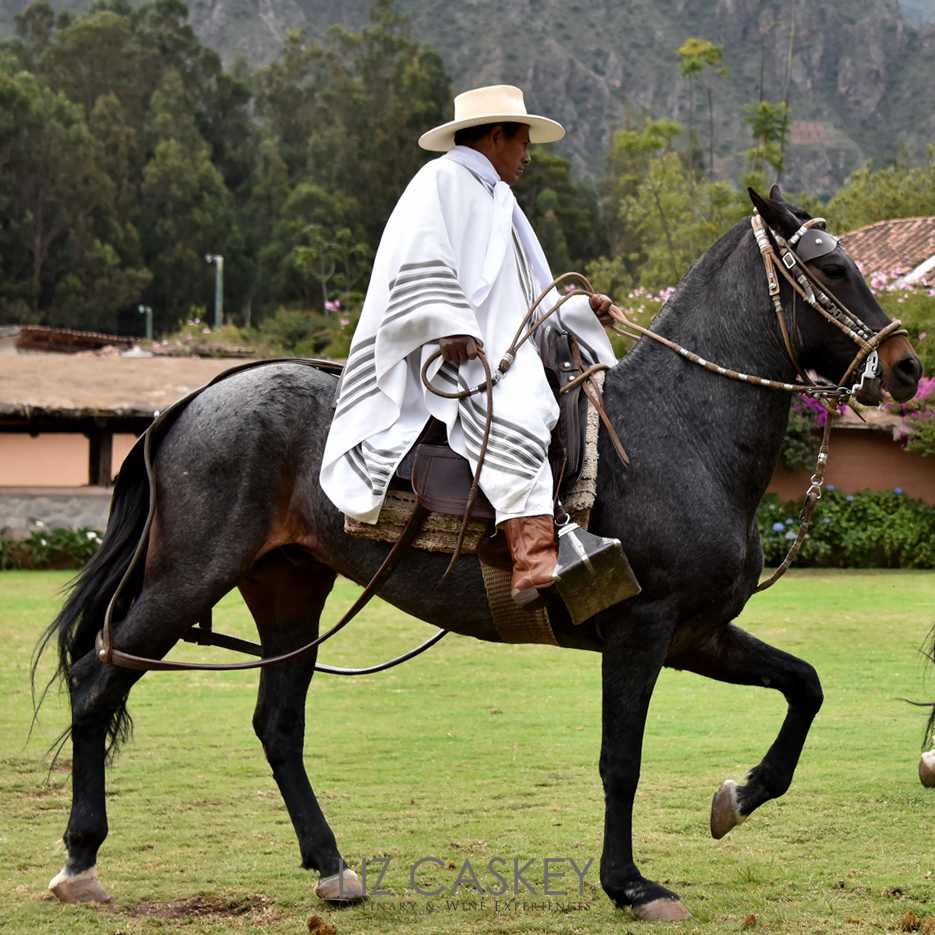
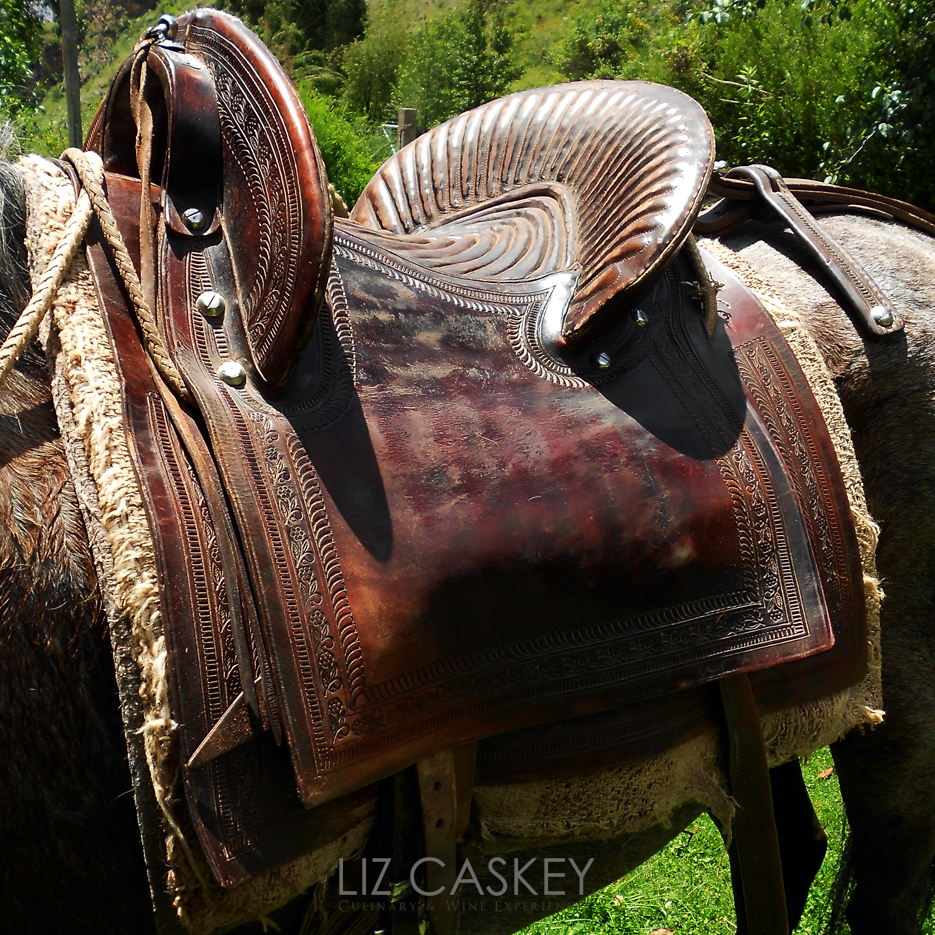
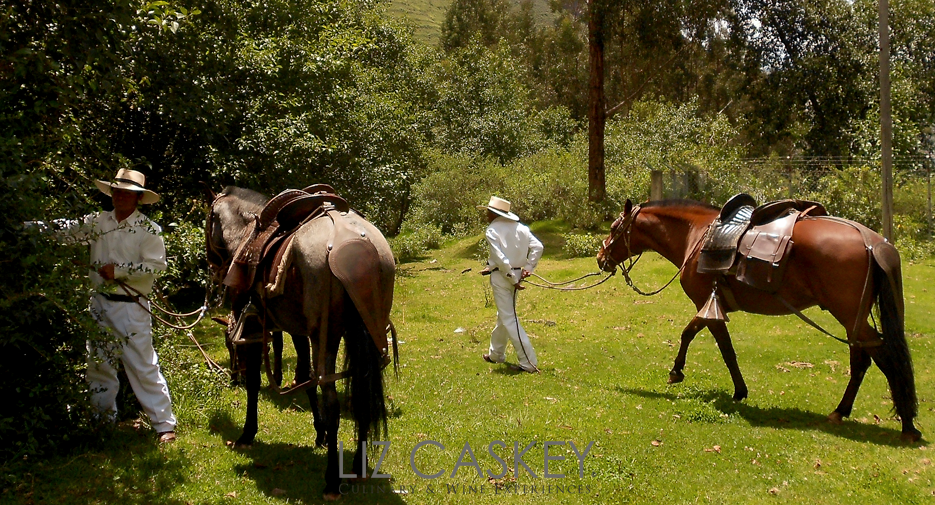
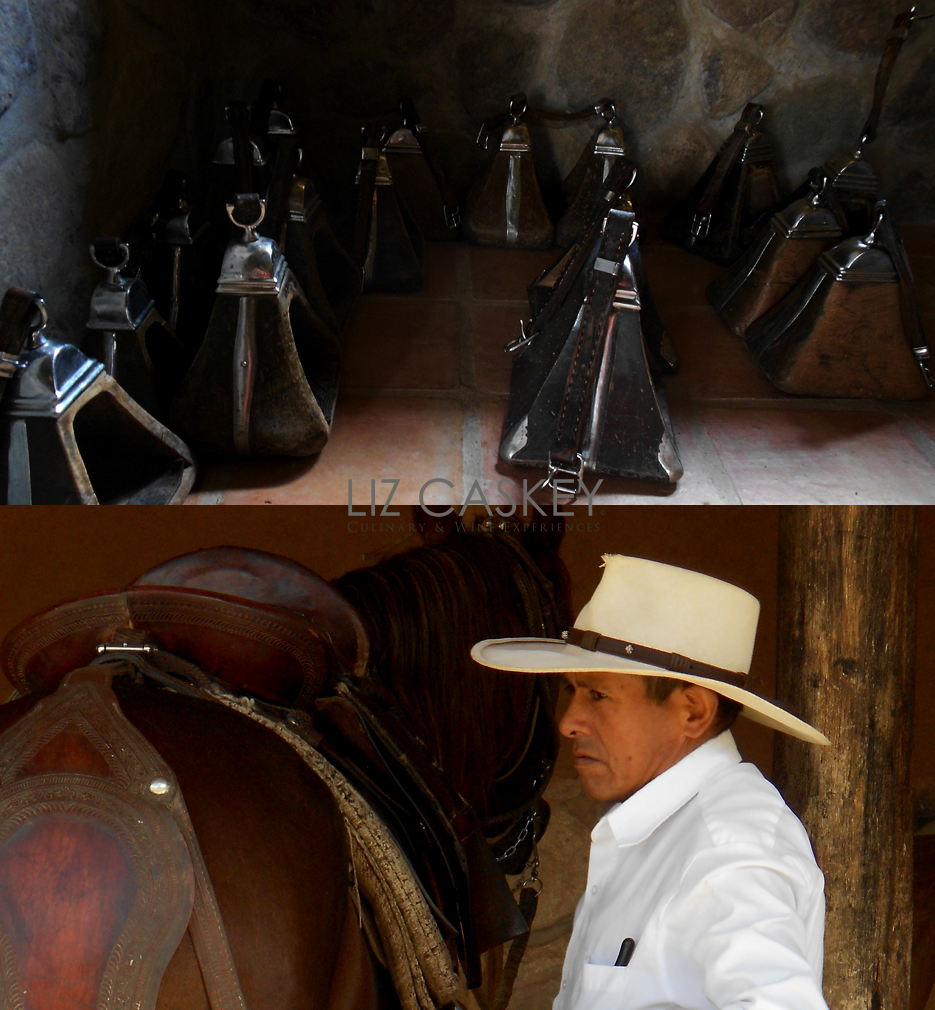
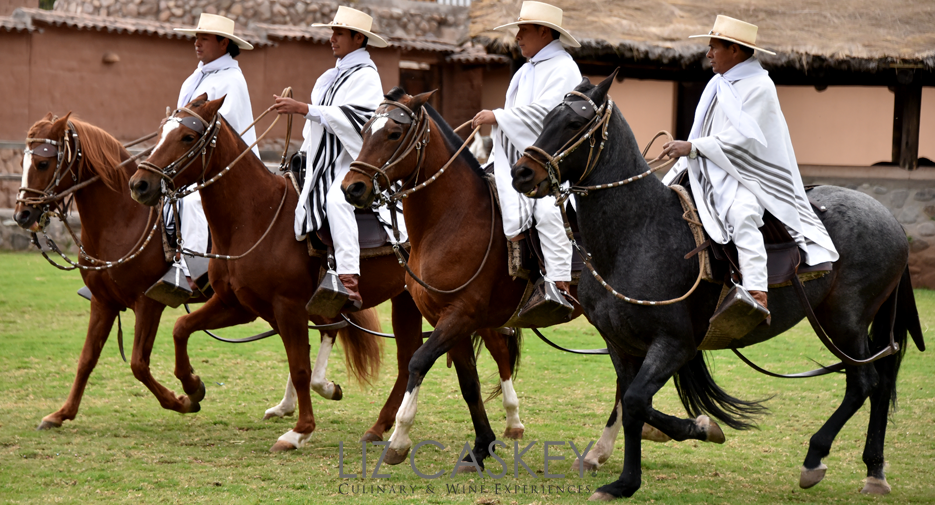

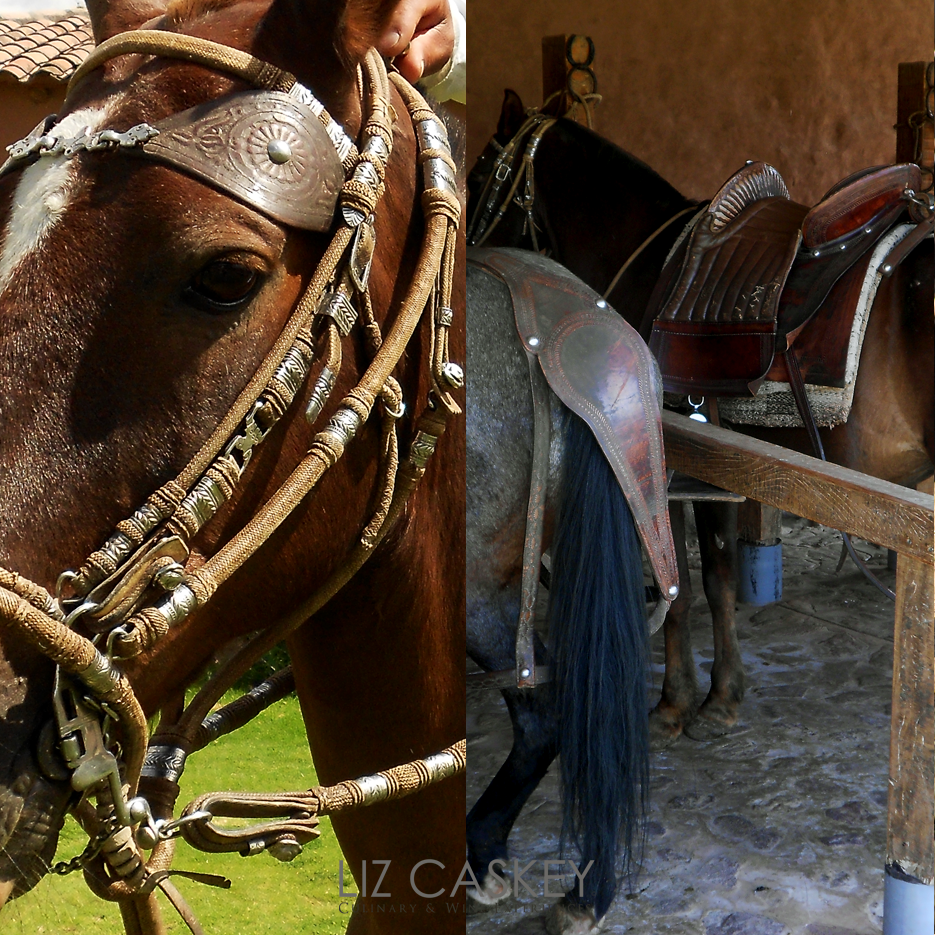
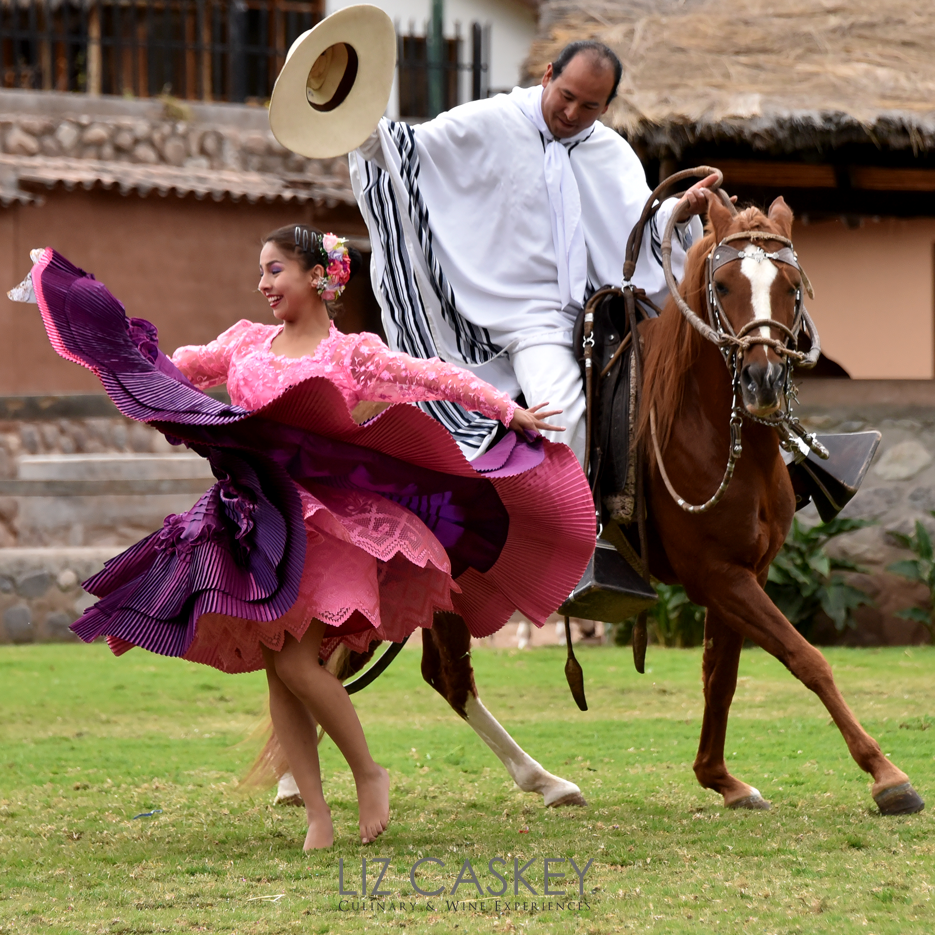
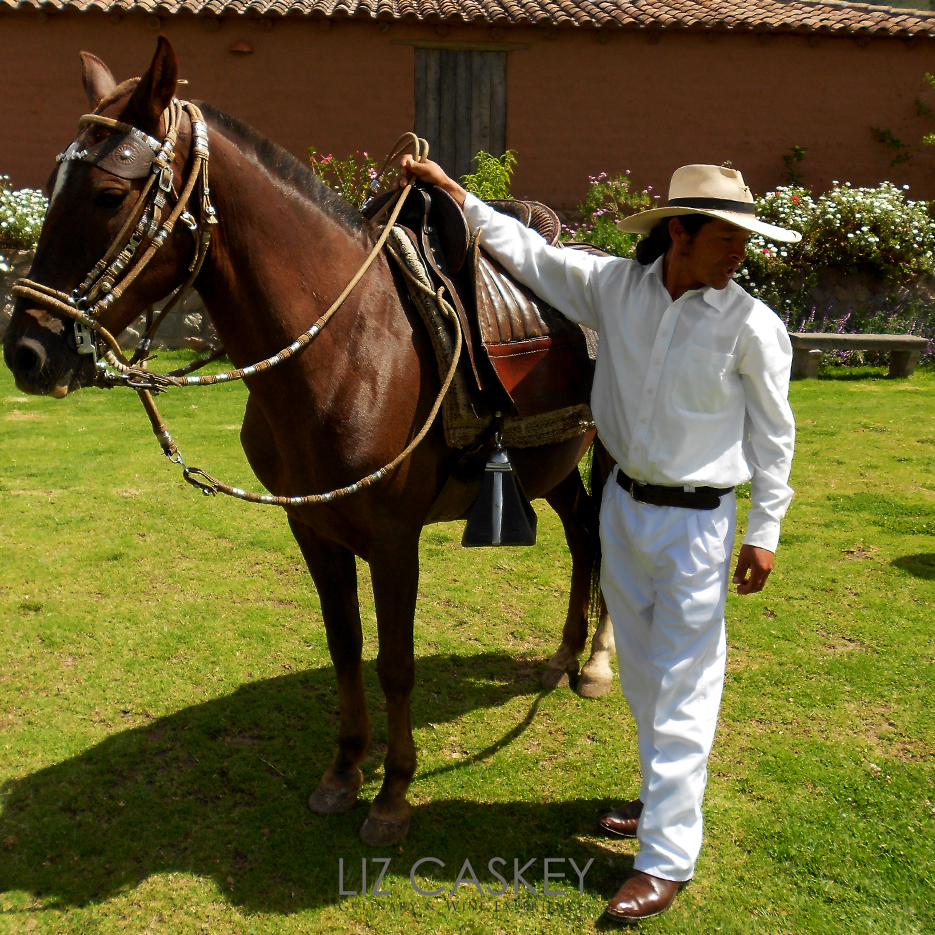
What I most love about riding is that it truly is an antidote to our obsession with speed.
The three-mile-per-hour pace of the horse is a natural slow down. You step into the present moment with the horse. There is time to appreciate and feel nature close up.
Being in the saddle is not just about the physical trail ahead. It is an opportunity to look inside–to release control and show up in the present. Let go of any other agenda.
We don’t have to make anything happen.
We just have to be an understanding partner for the horse and accept the invitation to join them in the NOW. They offer us the opportunity to take an honest look at who we are being in that moment.
Even today, I would not say I am a great rider. I did overcome a big fear. In the process, I gained experience of how to connect with a horse. I slowed down to savor these amazing landscapes we’ve been fortunate enough to ride in.
I really appreciate the beauty and quiet nature of these graceful, majestic creatures. And I do love the culture of the horses here in South America.
Horseback riding is as much about the communing with the horse as it is about our inner selves. For me, at least, it has been an incredibly rewarding—and revealing—journey.
Giddy up!
